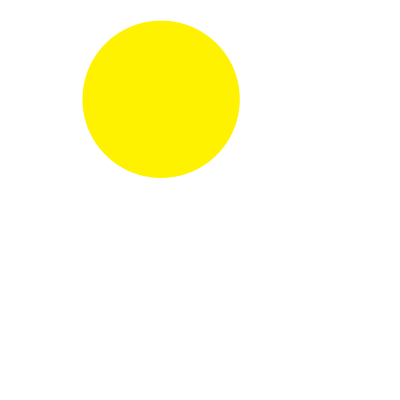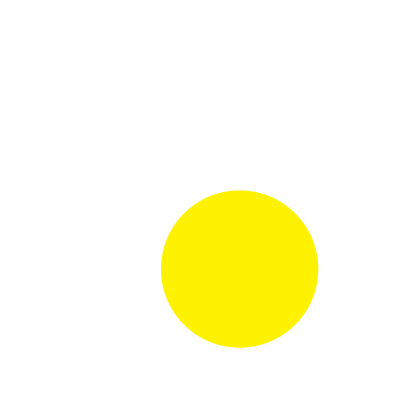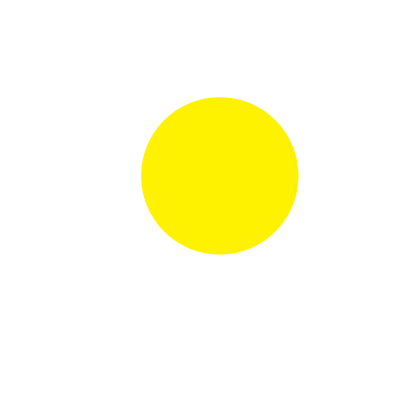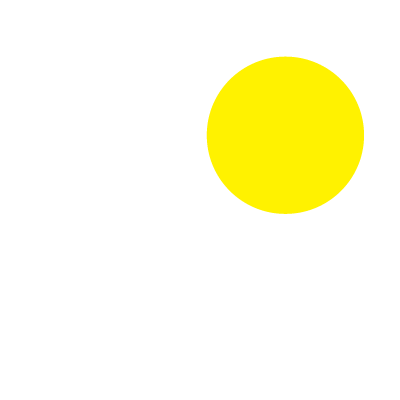






















































































































The movements we have traced are like a contrapuntal harmony where one melody sounds against the other . As the light of the eye dims , that of the world brightens. As the beacon of the eye gradually retreats, the power of sunlight projects itself deeper and deeper into the human being until finally the ethereal emanations of Plato , and even the Cartesian spectator , vanish from the Western scientific sense of self . Yet some data and scientific developments indicate the possibility of a " postmodern " view of self and vision that has room in it for the light of the eye. In them, the interior ray may once again find a place, even if under another guise. The movements we have traced are like a contrapuntal harmony where one melody sounds against the other . As the light of the eye dims , that of the world brightens. As the beacon of the eye gradually retreats, the power of sunlight projects itself deeper and deeper into the human being until finally the ethereal emanations of Plato , and even the Cartesian spectator , vanish from the Western scientific sense of self . Yet some data and scientific developments indicate the possibility of a " postmodern " view of self and vision that has room in it for the light of the eye. In them, the interior ray may once again find a place, even if under another guise.
An advocate of the traditional realistic method would object to Figure 86 , which indicates schematically how a similar scene would be represented in children's drawings and early forms of art. He would point out that the table is upright rather than horizontal, that foreground and background figures are the same size, and that one figure is lying sideways and another is upside- down. However, a partisan of this early method would object to Figure 87, deploring the representation of a rectangular table as a crooked trapezoid. He would point out that the three figures, objectively of equal size vary in the picture from giant to dwarf. Although all three should be in the same relation to the table, one is shown frontally, the second in profile, the third from the back; two figures are intersected by the table, whereas the third covers much of the table top with his own body and rubs shoulders with his neighbor, supposed to be seated at some distance, nothing could be less realistic than such a crazy distorted picture. An advocate of the traditional realistic method would object to Figure 86 , which indicates schematically how a similar scene would be represented in children's drawings and early forms of art. He would point out that the table is upright rather than horizontal, that foreground and background figures are the same size, and that one figure is lying sideways and another is upside- down. However, a partisan of this early method would object to Figure 87, deploring the representation of a rectangular table as a crooked trapezoid. He would point out that the three figures, objectively of equal size vary in the picture from giant to dwarf. Although all three should be in the same relation to the table, one is shown frontally, the second in profile, the third from the back; two figures are intersected by the table, whereas the third covers much of the table top with his own body and rubs shoulders with his neighbor, supposed to be seated at some distance, nothing could be less realistic than such a crazy distorted picture.
Tell a wise person, or else keep silent, because the mass man will mock it right away. I praise what is truly alive, what longs to be burned to death. In the calm water of the love-nights, where you were begotten, where you have begotten, a strange feeling comes over you, when you see the silent candle burning. Now you are no longer caught in the obsession with darkness, and a desire for higher love-making sweeps you upward. Distance does not make you falter. Now, arriving in magic, flying, and finally, insane for the light, you are the butterfly and you are gone. And so long as you haven't experienced this: to die and so to grow, you are only a troubled guest on the dark earth. Tell a wise person, or else keep silent, because the mass man will mock it right away. I praise what is truly alive, what longs to be burned to death. In the calm water of the love-nights, where you were begotten, where you have begotten, a strange feeling comes over you, when you see the silent candle burning. Now you are no longer caught in the obsession with darkness, and a desire for higher love-making sweeps you upward. Distance does not make you falter. Now, arriving in magic, flying, and finally, insane for the light, you are the butterfly and you are gone. And so long as you haven't experienced this: to die and so to grow, you are only a troubled guest on the dark earth.
Yet many creative spirits have found inspiration in the idea that the Creator might be, among other things, an artist whose esthetic motivations we can appreciate and share-or even, in daring speculation, that the Creator is primarily a creative artist. Such spirits have engaged our Question, in varied and evolving forms, across many centuries. Thus inspired, they have produced deep philosophy, great science, compelling literature, and striking imagery. Some have produced works that combine several, or all, of those features. These works are a vein of gold running back through our civilization. Yet many creative spirits have found inspiration in the idea that the Creator might be, among other things, an artist whose esthetic motivations we can appreciate and share-or even, in daring speculation, that the Creator is primarily a creative artist. Such spirits have engaged our Question, in varied and evolving forms, across many centuries. Thus inspired, they have produced deep philosophy, great science, compelling literature, and striking imagery. Some have produced works that combine several, or all, of those features. These works are a vein of gold running back through our civilization.